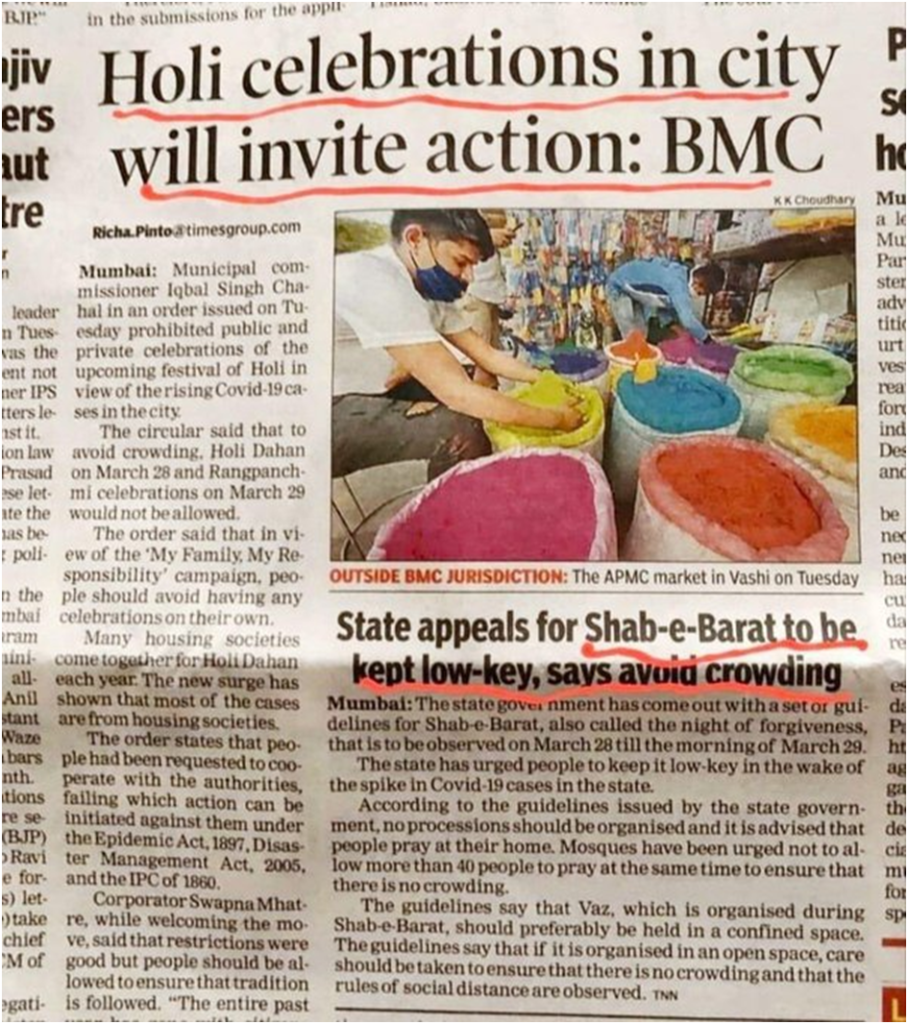
QUES . What are the challenges to our cultural practices in the name of secularism? UPSC 2019 GS MAINS PAPER 1. 150 words. 10 Marks
Other articles on Secularism : Secularism : Meaning , Objectives , Characteristics , Importance https://fotisedu.com/secularism-meaning-objectives-characteristics-importance/
MTM – 23 Secularism and Education https://fotisedu.com/mtm-23-secularism-and-education/
MTM – 22 Indian concept of secularism vs Western concept of secularism https://fotisedu.com/mtm-22-indian-concept-of-secularism-vs-western-concept-of-secularism/
MTM – 24 Constitution and Secularism https://fotisedu.com/mtm-24-constitution-and-secularism/
Indian model of Secularism https://fotisedu.com/indian-model-of-secularism/
HINTS:
In India, Secularism defines the relationship between state and religion in a different manner compared to the west. While in the west secularism means complete separation between state and religion, in India it only means that state treats all religions equally. It ensures that there is no inter-religious domination, no domination of some over the other and State does not enforce any particular religion nor take away the religious freedom of individuals. There is equal intervention or non-intervention in all religions i.e. principled distance.
Challenges to cultural practices in the name of secularism
▪ Secularism tries to impose uniformity on a diverse nation. The one size fits all approach impinges on the cultural diversity which is a feature of Indian society. E.g.: Uniform Civil Code may impose majoritarian values like same type of marriage and divorce rules on other cultural and religious groups.
▪ It is also criticized for being interventionist, which means that secularism is coercive and it interferes excessively with the religious freedom of communities. E.g.: Banning of triple talaq was seen as state intervention by religious groups.

▪ Different laws for minority schools and institutions where cultural practices of students from other religion are negated. E.g.: students not allowed to wear bangles, using bindi or flowers.
▪ Women’s temple entry movement in Sabarimala shows that some cultural practices that are based on faith have been threatened by progressive policies imposed by secularism.
▪ Decisions on food practices and preferences and Court rulings like fixed timings for bursting
crackers.
▪ In India, religion holds a strong and central place since centuries. It may not be possible to divorce religion completely from secular aspects of people’s lives. However, secularism as a concept tries to do exactly that. Constitutional morality as a guide to modern life undermines this religious orientation.
However, the threat to culture from secularism is not real
▪ Indian secularism is a positive concept, taking along and encouraging all the cultural practices while instilling a scientific temper against superstitions and harmful practices
▪ We must never forget that secularism ensured ban on child marriage and sati which everyone considers as social evils today.
▪ Our constitution has provisions to abolish untouchability (article 17) which has discriminated against the scheduled castes.
▪ It is tempting to say that social and cultural practices and institutions are taken for granted, however it is not always so. For instance, banning of Triple talaq and women’s entry to religious places ensures and helps uphold the dignity of women. Prohibiting inhuman, self-harming, contextually irrelevant, orthodox practices. E.g.: Genital mutilation, animal sacrifice etc.
▪ Secularism ensures the dynamism in culture with state taking a role of a reformer.
▪ This is necessary in eastern societies in which social reform is slow and cumbersome as most individuals are agents of cultural reproduction rather than cultural change.
Although there is a seeming threat to culture from secularism, it is not real. The focus is on progressive ideals and reforming particular religious practices that may be anachronistic. In fact, secularism is a part of Indian culture and ensures its robustness and progress over a period of time. Culture is not a stagnant entity. It is living and continually progressing based on developments in each generation.
